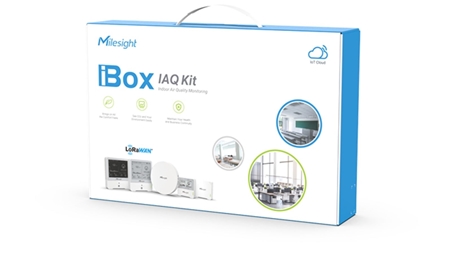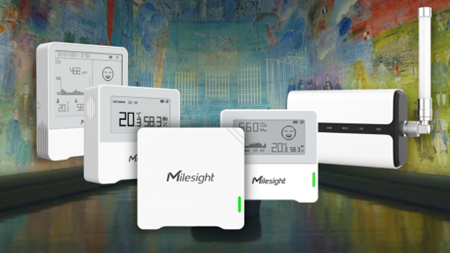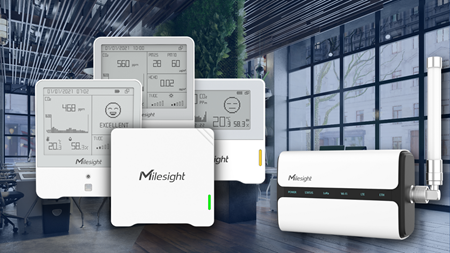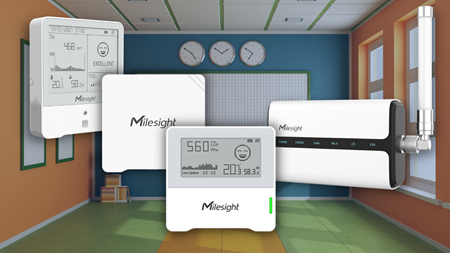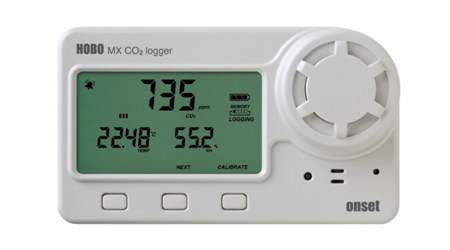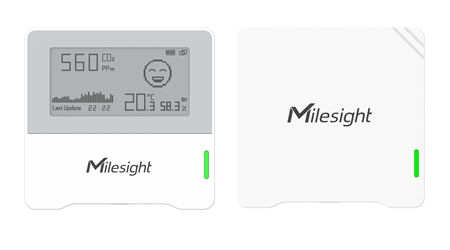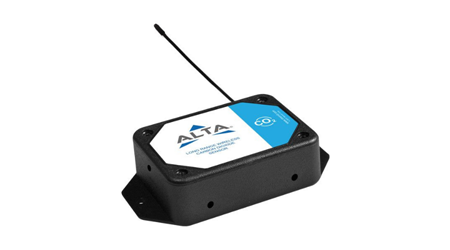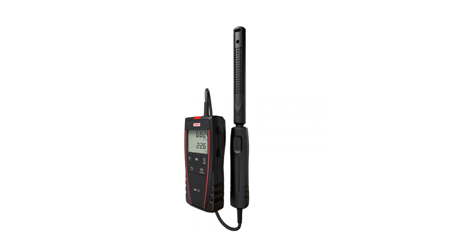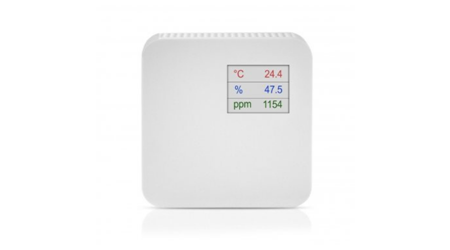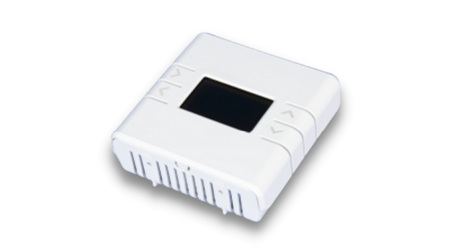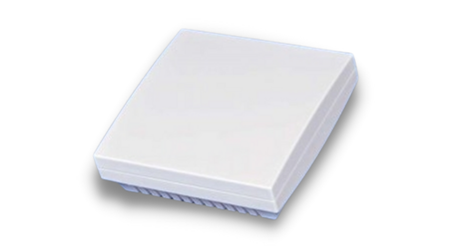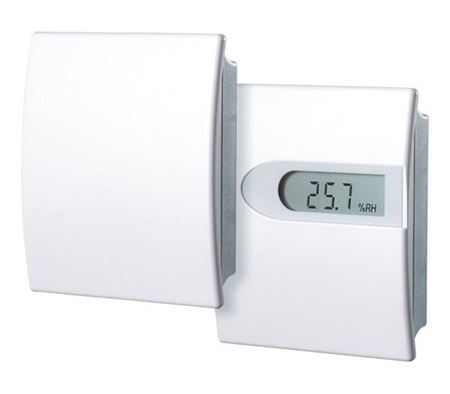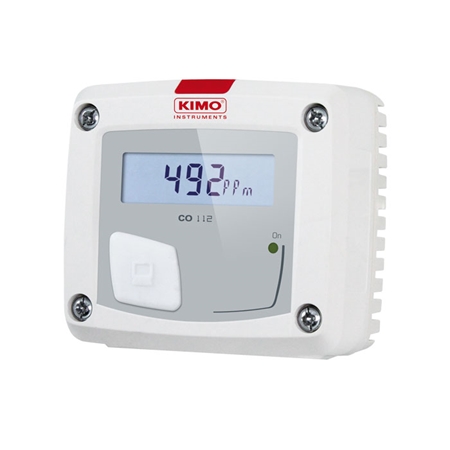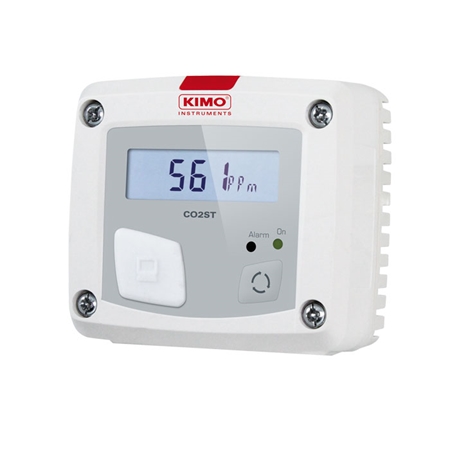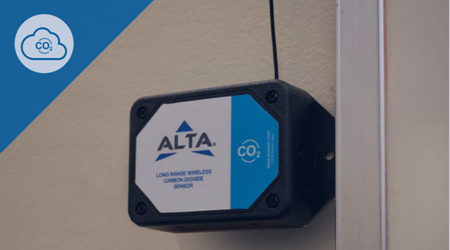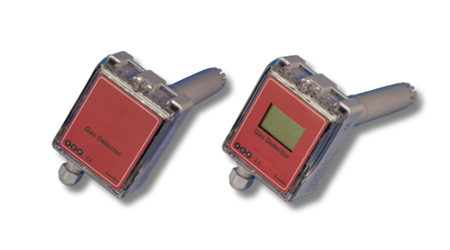CO2 Monitoring
Why can monitoring carbon dioxide (CO2) levels indoors help in the fight against the Coronavirus?
A key marker of indoor-air quality is carbon dioxide, a natural by product of human and animal respiration. CO2 has been found to be responsible for the largest share of the CO2 emissions that result in Problematic Indoor Air Quality (PIAQ) while also contributing to Sick Building Syndrome and other illnesses.
Controlling CO2 levels in a building is a key component of sustaining indoor air quality. Inadequate building ventilation not only encourages the growth of mould and moisture, but it also causes stale air complaints and impairs occupant productivity and decision-making.
Key factors affecting indoor CO2 levels include:
- Number of occupants in a room or space
- Occupant activity level (metabolic rate)
- Amount of time occupants spent in the room
- Combustion (cooking, experiments using Bunsen burners)
- Ventilation rate (exchanges per hour with fresh outside air)
- Outdoor CO2 concentration
Existing ventilation standards are typically minimum recommendations, and may not result in optimal air quality or cognitive function, particularly during peak occupancy.
CO2 Levels in relation to the Coronavirus
In the fight against Covid-19, improved air quality is even more critical. As this virus is airborne, monitoring the CO2 level in indoor areas can be used as a proxy for the risk of coronavirus exposure. Read more on the monitoring of CO2 in relation to combatting Covid-19 in ABC's article here >>
How to Monitor CO2 with HOBO Data Loggers During the Pandemic
Watch this webinar to understand why installing carbon dioxide (CO2) monitors are becoming part of the COVID checklist for maintaining safe indoor air quality in schools, gyms, restaurants, offices and other business.
Gym Ventilation Redesign Use Case
In a recent CNN published story, a gym narrowly escaped a COVID-spreading event among their athletes. Thankfully, the gym had recently redesigned their ventilation system in preparation for reopening after lockdown which provided far more fresh air than the those outlined in the ASHRAE guidelines. Read the full article here >>
As you can see, indoor air quality is more important than ever, and tracking CO2 is critical to ensuring a healthy environment. However, how do you choose the right data logger for your application?
Things to consider when selecting your next CO2 Monitor
1. Bluetooth Capabilities: Leveraging today’s latest advancements in low-power wireless communication, some CO2 data loggers now incorporate Bluetooth Low Energy (BLE) technology that retrieves data and logger status faster and more convenient. In particular, when the loggers are deployed in hard to reach locations (i.e. ventiliation systems). the bluetooth functionatlity allows your to conveniently access the data rather than connecting via USB to the device.
2. LCD Display with Alarm Notifications: When evaluating CO2 data loggers with this feature, look for options that provide both audible and display-based alarm notifications so that building managers remain alert to problems as they occur, aiding efficient corrective action.
3. Battery Life: Selecting a CO2 data logger with extended battery life gives users flexibility, increased spatial coverage, and the ability to set up CO2 monitoring in locations where no AC power exists, such as in or near HVAC return-air ducts.
4. Integrated USB: USB ports improve flexibility of data access and analysis. Through a USB port, users may connect a CO2 data logger directly to a computer running graphing and analysis software, enabling quick plotting, comparison, and data extraction. In addition, a USB port also offers the advantage of greater power versatility, supporting a wider range of application scenarios.
5. Easy Calibration: aim for products that offer both manual and automatic calibration methods, as well as elevation/altitude compensation. The sensor subsystem inside most CO2 loggers requires periodic calibration to a known reference and careful placement to avoid erroneous results. Some of the most advanced devices also include automatic temperature and dynamic pressure compensation, but are typically less common on midrange products.















































